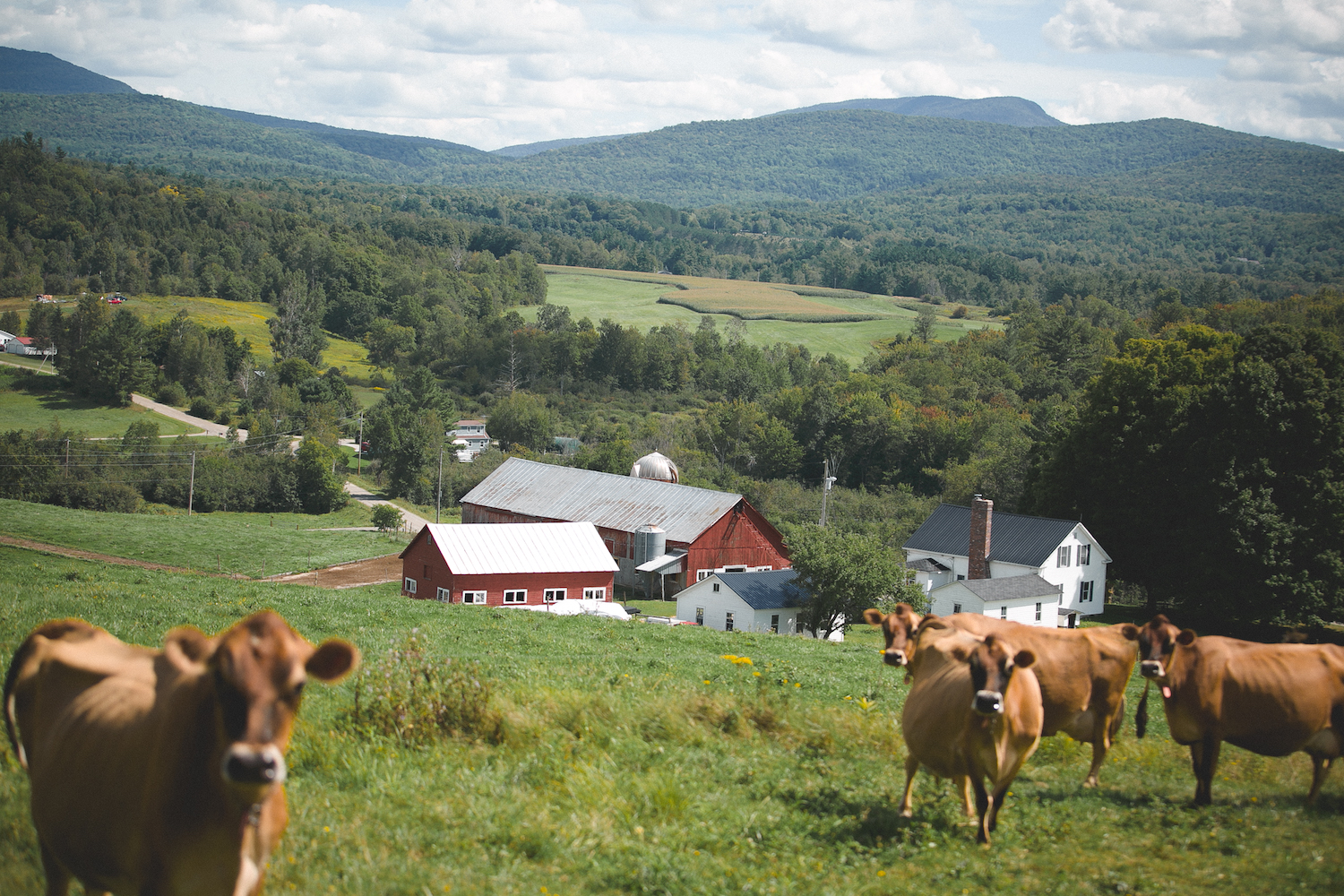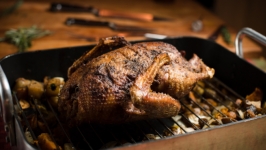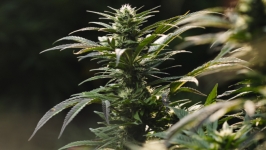Food for Thought: How to Save Declining Dairy
When people think of Vermont, they think of cows. And from cows, it’s but a short amble to cheese and ice cream. And thence to butter, yogurt, creemees and chocolate milk.
But that vision belies some sobering statistics. In 2010, Vermont had 1,015 dairy farms. By 2018, that number had plummeted to 725. Less than a decade ago, Vermont had 18 large farm operations with more than 700 cows; last year, that sector nearly doubled to 34. Conversely, small farms with fewer than 200 cows declined from 830 to 587 in that same eight-year period. Stop for a moment to consider how many families and workers those statistics represent.
Bulk milk prices continue to drop for the fifth consecutive year. After a 2014 record high of $25 per hundredweight (approximately 11 gallons), farmers currently receive around $16 for a hundred pounds of milk, within a few dollars of what they earned 30 years ago despite rising costs. The average number of cows per Vermont farm increased from 133 in 2010 to 179 in 2018. So now we have fewer farms, with more cows to make up for the declining price of milk. And more cows generate a glut of milk while prices spiral downward. Supply and demand, Econ 101.
Dairy products account for approximately 70% of our state’s agricultural economy, and dairy farms manage more than 80% of Vermont’s open land. As these farms go out of business, what replaces those working lands? Sprawling housing developments? Massive solar arrays? Generic commercial construction? Make no mistake: Once farmland disappears, it is gone—forever.
Dairy farmers are among the hardest-working people on the planet, yet many struggle to make ends meet. There is no “day off” for a dairy farmer. Newborn calves need tending. Cows must be milked daily. And rotational grazing requires moving cows from pasture to pasture several times a day for the health of both the cows and pasture.
Losing farms impacts the overall rural economy. Fewer farms means less business for the feed companies, large animal vets, equipment sales and service providers that keep farms functioning. As the 2019 Vermont Milk Commission dairy report states, “The evergrowing supply of milk and dairy products in the United States has become burdensome....
Stabilizing the price paid to dairy farmers is a step toward greater income and economic development in many of these communities.”Stabilizing, we hope, means improving.
Yet the farms and producers who do persist have found creative ways to stay alive. They embrace new technology and incorporate innovative approaches. And that doesn’t necessarily mean getting bigger. Rather, success evolves from honing their focus and concentrating their efforts: Generate the best possible products and
If we want to keep Vermont a mecca for all things dairy, we need to sustain our dairy farmers through our wallet. Skip the national brands and buy our state’s products. Because without our collective effort, those dedicated farmers, iconic cows and lush pastures will be gone—forever.









